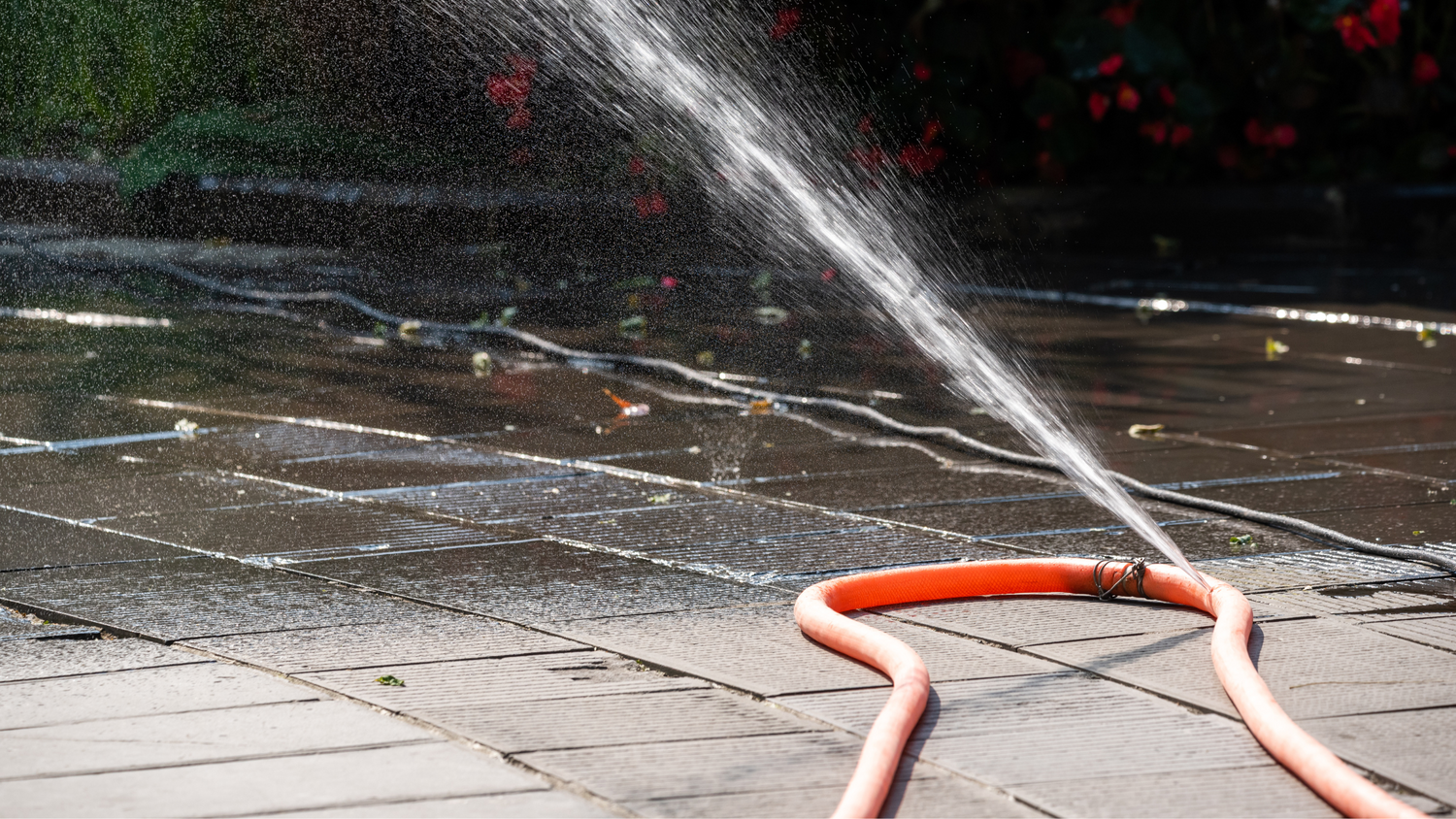Every gardener knows the disappointment of dealing with a burst garden hose. It’s not just the immediate inconvenience or the water wastage—it's also about replacing a tool that should have lasted much longer. But what actually causes a garden hose to burst? Understanding the reasons can help you take preventive measures to extend the life of your garden hoses.
The Anatomy of a Garden Hose
Before delving into the causes of bursts, it’s important to understand the basic construction of a garden hose. Most garden hoses are made from a flexible plastic or rubber material and may have several layers or reinforcements to make them more durable. These layers include an inner tube that carries the water, a mesh-like fabric middle layer providing strength and flexibility, and an outer layer protecting against external damage.
Common Causes of Garden Hose Bursts
1. Water Pressure
The most common cause of garden hose bursts is excessive water pressure. Most residential water systems produce a pressure of 40 to 60 pounds per square inch (psi), but a garden hose typically can handle up to 200 psi before it bursts. However, if the water supply generates pressure above this range, or if a nozzle or valve traps water in the hose, the pressure can build up and cause the hose to expand and eventually burst.
Preventive Tip: Use a pressure regulator at the spigot to keep water pressure within a safe range for your hose.
2. Wear and Tear
Regular use, dragging the hose over rough surfaces, or storing it improperly can weaken the material over time. This wear and tear can lead to tiny cracks and weak spots that eventually might lead to a burst.
Preventive Tip: Regularly inspect your hose for signs of wear and replace it when necessary. Store it coiled up, without kinks, and out of direct sunlight to prolong its lifespan.
3. Temperature Fluctuations
Both freezing temperatures and extreme heat can damage your garden hose. Water left inside a hose can freeze, expanding and splitting the hose. Conversely, high temperatures can make some hose materials soft and more susceptible to damage from pressure or impact.
Preventive Tip: Drain your hose after each use and store it indoors during cold winter. Avoid exposing your hose to direct sunlight for long periods to prevent heat damage.
4. Material Degradation
UV rays from the sun can degrade the materials most garden hoses are made of, resulting in brittleness and cracking. Similarly, chemical exposure from fertilizers, pesticides, or even certain types of water can weaken the hose material.
Preventive Tip: Choose a UV-resistant hose and store it in the shade. Rinse the hose thoroughly if it comes in contact with chemicals.
5. Factory Defects
Although not as common, manufacturing defects can also cause hoses to burst. Minor imperfections or weak points created during manufacturing can lead to early failure when the hose is subjected to normal pressures.
Preventive Tip: Purchase reputable manufacturers' garden hoses and inspect new ones for obvious defects before use.
6. Age
As with many products, age can affect a garden hose’s integrity. Over time, even high-quality hoses can degrade, losing flexibility and resistance to pressure and damage. The life expectancy of a garden hose depends on its material, construction quality, and how well it’s maintained, but eventually, aging will take its toll.
Preventive Tip: Know when to retire your old hose and replace it with a new one to avoid unexpected bursts.
How to Choose a Durable Garden Hose

Picking the right hose can significantly reduce the chances of bursts. When shopping for a garden hose, consider the following features:
- Material: Rubber hoses are more durable than vinyl or polyurethane ones. Look for hoses labeled as “kink-resistant” or “burst-proof” for added durability.
- Ply: This refers to the number of layers a hose has. More plies mean stronger hoses. Opt for a hose with at least five plies.
- Diameter and Length: Choose a hose with a diameter that fits your water flow needs—5/8 inch is standard for most garden tasks. Also, don’t buy a longer hose than necessary; longer hoses are heavier, more cumbersome, and have more potential weak points.
- Fittings: Metal fittings are more durable and leak-resistant than plastic ones. Look for solid metal fittings for longevity.
Final Thoughts
A burst garden hose can be a nuisance, but understanding the common causes and how to prevent them can save you time and money. Proper selection, regular maintenance, and careful use of your garden hose are key to ensuring it serves you well for many years. By taking proactive steps to protect and care for your garden hoses, you can minimize the risk of unexpected bursts and ensure your garden continues flourishing.
Remember, a healthy garden starts with the right tools; taking care of those tools is just as important as tending to the plants themselves. By being attentive to your garden hose's needs and weaknesses, you can prevent bursts and keep your garden watering routine effective and efficient.





Leave a comment
This site is protected by hCaptcha and the hCaptcha Privacy Policy and Terms of Service apply.